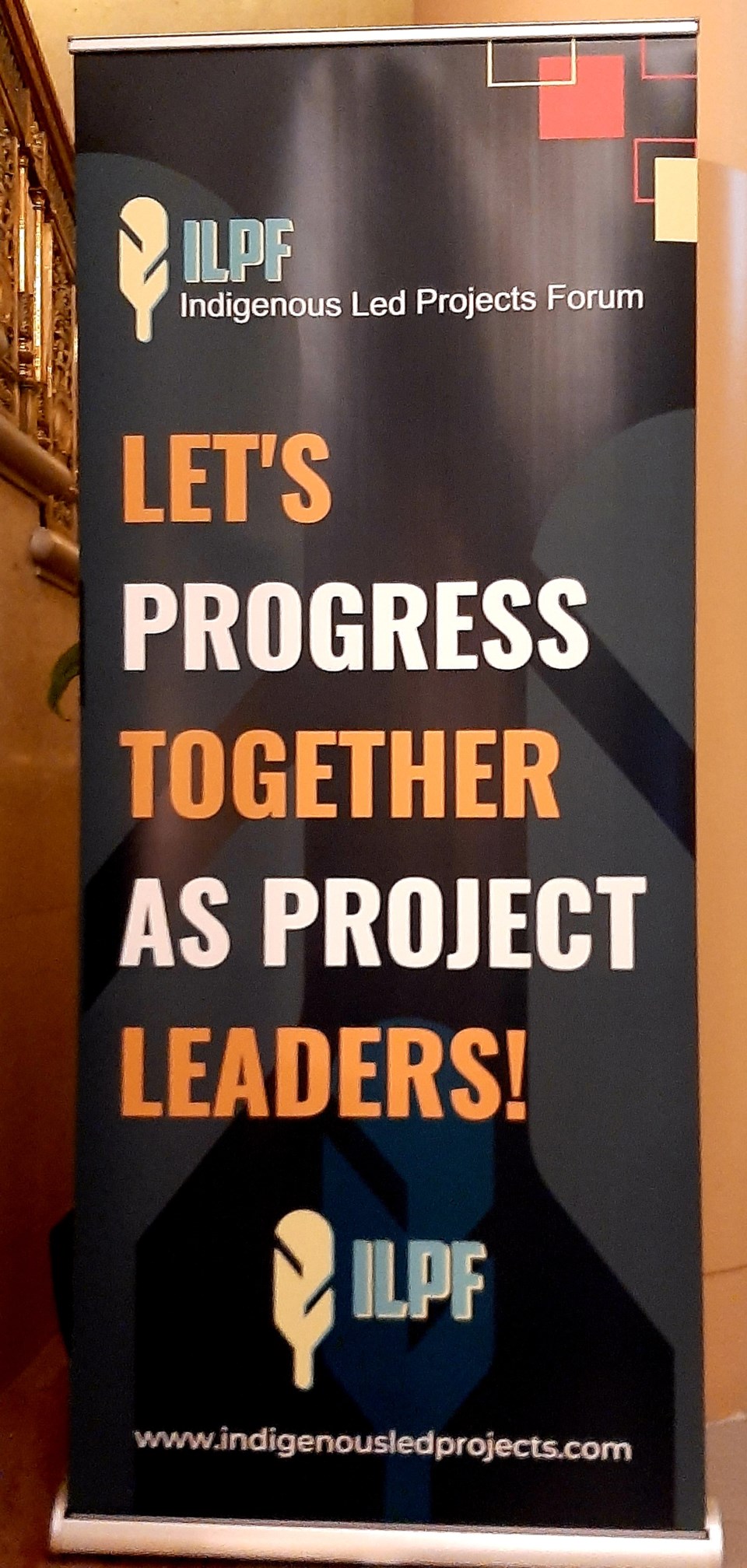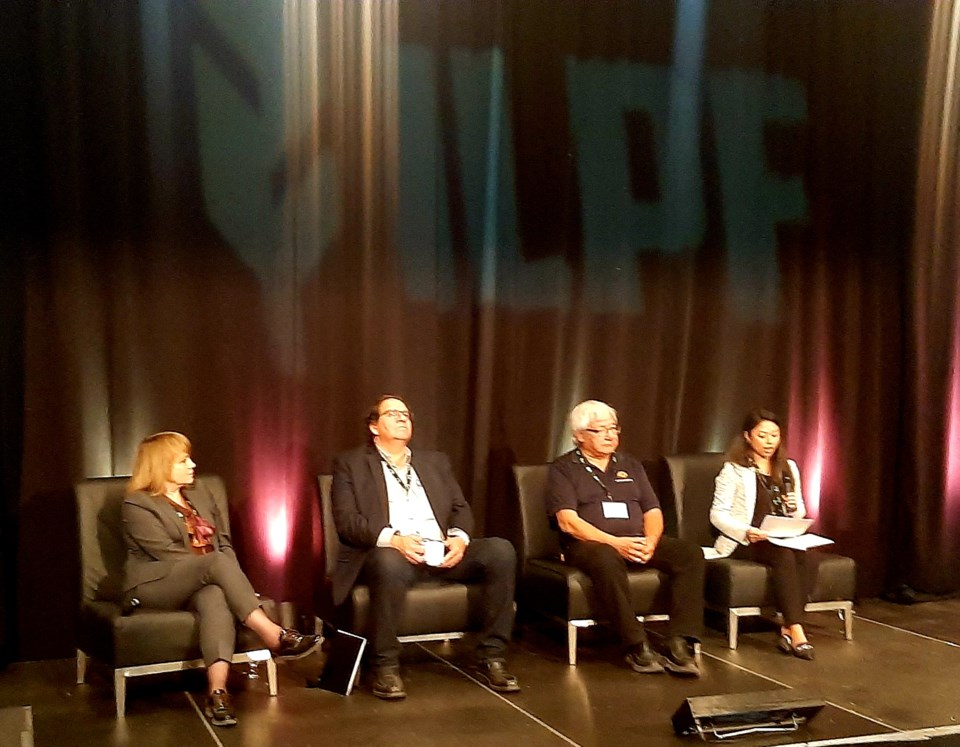The Carpenters District Council of Ontario (CDCO) is on a mission in Northern Ontario.
The Union wants to tap into the huge manpower pool of the First Nations – which is vastly underrepresented in the building trades in the North. The timing couldn’t be better: many skilled job positions are vacant simply because there are too few trained people available to fill them.
Part of that void stems from the fact that while mining, forestry and other big industry employers have hired some Indigenous people, they often haven’t steered those workers into an apprenticeship stream, explains Gilles Bisson, outreach specialist, CDCO.
“If they have a big project and they have to hire 500 people what can end up happening is they often put them (First Nations) to work in the kitchen, cleaning rooms or driving truck.”
“Companies normally don’t want to do the training for (apprenticeship) trades,” adds Bisson, the former NDP MPP for the riding of Timmins.
That is where the Carpenters union comes in.
“There has never been a better time for youth to join the trades- many older workers are moving into retirement and all levels of government are investing in crucial infrastructure in healthcare, education, transit and with major projects like hydro and the Ring of Fire in the North the prospects have never looked better!”
Bisson, who points out that the fastest-growing demographic in the North is young Indigenous people, says that the solution starts by ensuring that group has the safety training required to qualify to even get on jobsites. It is training the Carpenters Union is willing to do.
“The Carpenters have come in and said, ‘We will train’. As far as I know they are one of the only organizations that have ever done that.”
That training includes occupational health and safety certifications necessary for any hire on many big jobsites. The Carpenters Union’s help doesn’t stop there, however.
“After they have worked on a job for so many hours and if they think it is what they want to continue to do, they then can slide into our apprenticeship program,” says Bisson.
Historically, many companies such as mining operations have overlooked the First Nations, often looking for employees from other sources -- sometimes from as far away as Southern Ontario. “It has also often been easier for these companies to hire the contractor with experience down the street.”
Bisson applauds the Carpenters union for seizing the opportunity to connect with First Nations peoples to help bridge that training gap.

There are plenty of reasons to want to be a carpenter, he says, starting with the wages (close to $50 an hour for journeypersons) and benefits. “It is a possibility for a rewarding career that a lot of younger (First Nations) people simply have not been exposed to.”
Bisson, who has been involved in First Nations politics for 30 years in the North, says the Carpenters Union “is the first organization to try to do training in a real way.”
One of the Carpenters’ partnerships in Thunder Bay is with the Anishinabek Employment and Training Services (AETS).
The Carpenters Local 1669 has held two cohorts this year of a 10-week pre-apprenticeship carpentry course for First Nations in conjunction with the AETS.
About 70 percent of the students who complete the course in Thunder Bay go on to a 12-week subsidized work placement, which allows employers who need apprentices to try out the pre-apprentices to see if they are a good fit for their company, says John DeGiacomo, the AETS executive director.
DeGiacomo says increasingly employers are interested in hiring Indigenous workers. “First Nations is an untapped resource that more employers are thinking about now.”
To ensure the success of its participants, the AETS and Carpenters Local 1669 provide wrap-around supports such education upgrading if needed, transportation and accommodations. Prior to starting the course, participants engage in a three weeks of life skills and math preparation.
Out in the field, jobs range from work on large institutional projects to renovations for commercial/residential developments.
Pat Chilton is the CEO of Five Nations Energy Incorporated, based in Moose Factory and with an office in Timmins. The contractor employs nine people most of who work along its transmission line on the James Bay coast between Moosonee and the community of Fort Albany.
Chilton says one of the reasons many First Nations youth don’t pursue training is they can’t afford cost of housing (if it is even available) and other expenses in a city away from their home.
He says while there is work in construction and mining around Timmins, the city lacks available housing for young people to get needed pre-apprenticeship training there. Many Indigenous residents from remote communities also face difficulty adjusting to the culture change in cities and they face obstacles such as racism.
He adds that if young people see a job with an Indigenous contractor waiting for them, many are more apt to take the training in part because racism is less apt to be an issue on the jobsite. Another reason they choose jobs with First Nations contractors on reserves is that of tax exemptions.
Chilton who adds many First Nations high school graduates are drawn to training and education in health care and social services professions, says he has spoken to a number of people about the Carpenters’ Union’s plans to help out with training, and they will be contacting the union.
Sol Mamakwa, MPP Kiiwetinoong (Sioux Lookout), says when he travels up north he sees mostly non-First Nations crews on major construction projects, even though those projects are near First Nations communities where there are plenty of young people who could be trained to do the work.
MamaKwa sees the pre-apprenticeship program between Carpenters Union and the AETS as a good example of an initiative that is addressing a big need.
He says that it is essential that organizations like the Carpenters union reaches out to First Nations community leaders and employment organizations because they have a picture of the potential young workforce to draw from.
Learn more about the Carpenters Union online here.

